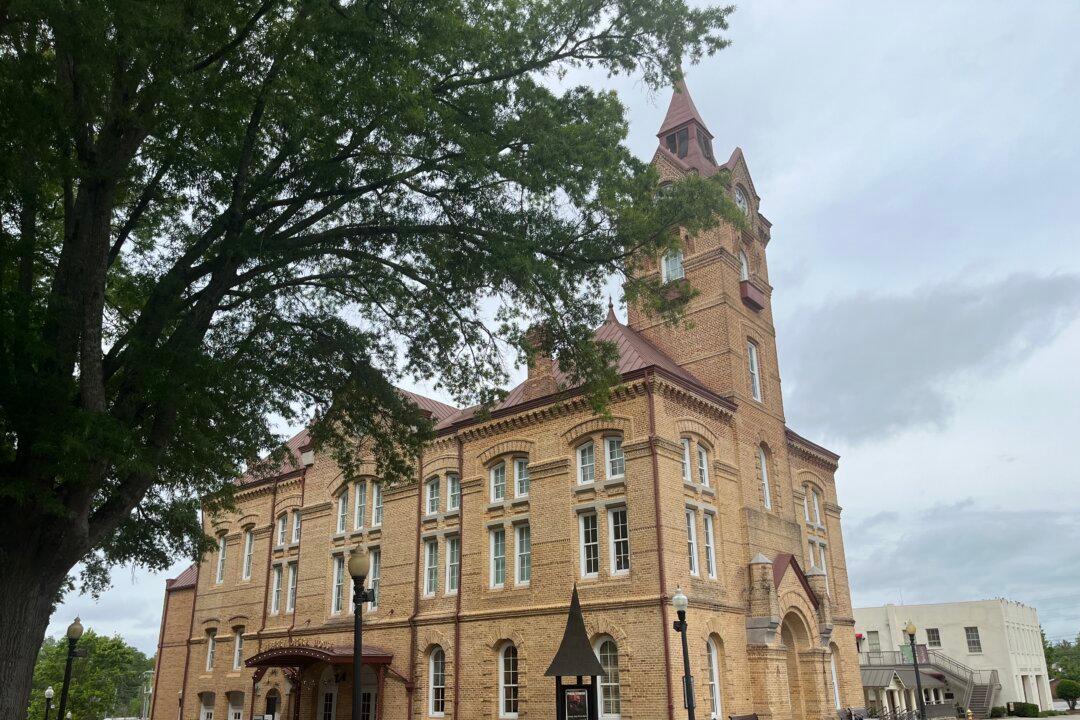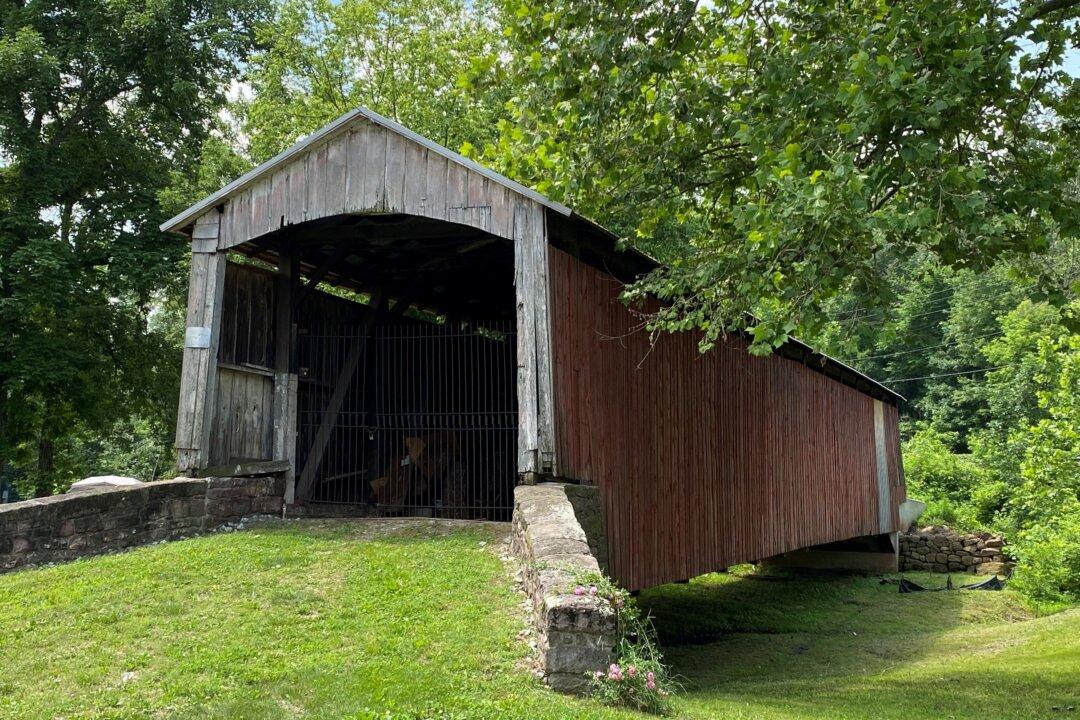While driving on Interstate 26 heading west from Charleston, South Carolina, I noticed a highway sign indicating that a historic opera house existed in Newberry. Curious, I jumped off the interstate and was taken to a quiet residential street of charming antebellum homes, picket fences, and manicured landscapes. The street flowed into the pristine, serene town of Newberry, South Carolina, established in the late 1700s.

This quintessentially charming small American town has just a few intersecting streets and a handful of shops and restaurants. But what’s immediately evident is a 130-foot French Gothic-inspired clock tower that dominates the skyline of the mostly historic brick buildings. This clock tower is attached to the impressive Victorian-style Newberry Opera House, constructed in 1882 out of three types of handmade bricks.
The fact that a town with a late-19th century population of barely 3,000 people built an opera house, especially after the Civil War diminished its thriving cotton trade center, was a testament to the importance of offering all citizens performing arts—whether they resided in big cities or rural towns.
Newberry Opera House’s History
Generations of classic American talent have performed on the 29- by 52-foot stage. It overlooks a main floor and balcony with a total of 426 red upholstered seats, and the theater is illuminated by a center-point globe-light chandelier. For much of the late 1800s and into the early 1900s, people from Newberry and farther away enjoyed touring New York City plays, minstrel shows, and famous vocalists who brought performances to the town. Early stage and film actress Tallulah Bankhead once performed at Newberry Opera House, as did country music pioneer Tex Ritter.
When gas lights glowed on the outside of the building, people attended silent movies and then next came “Thomas Edison Talkies,” with a phonograph used to provide sound. For a few decades after color films became popular, the Opera House functioned primarily as a movie house. By 1969, its designation on the National Register of Historic Places motivated an eventual restoration and preservation project that added state-of-the-art sound and lighting technology.
Since its refocus as a performing arts center in the 1990s, the Opera House’s stage has been graced by thousands of performers, from up and coming talent and regional acts to award winning stars: Willie Nelson, Roberta Flack, Wynton Marsalis, Michael Bolton, and Olivia Newton-John are just a few recognizable names.
I had the privilege of watching two artists at the Newberry Opera House: the legendary Doc Watson before his death in 2012, as well as Grammy Award-winning musician David Holt. Because the Opera House is sufficiently grand, but not as immense or ostentatious as performing arts centers found in metropolitan cities, audiences enjoy more intimate experiences with performers. Watson and Holt interacted with attendees between musical sets, and the brilliant finger and flat-picking skills of Watson, blind since age 2, could be seen clearly—not just heard—from many spots throughout the auditorium. No opera glasses are needed in this opera house.
Although the original structure incorporated governmental offices, the Newberry Opera House today is principally a thriving entertainment center, that still offers space for public meetings, school performances, art showings, and more. Already this year, the lineup for the Opera House includes Vienna Boys Choir, Garrison Keillor, and the Del McCoury Band.
Performers, ticket holders, and touring visitors alike enjoy the same experience that has been had for almost 15 decades: drive into idyllic Newberry, walk up to the tricolored brick building, and enter through arched doors into a blue-and-gold painted lobby complete with columns and brass chandeliers.

The Newberry Opera House may reside off the beaten path in a little-known southern town, but that does not diminish its significance to this bucolic region.
Would you like to see other kinds of arts and culture articles? Please email us your story ideas or feedback at [email protected]






